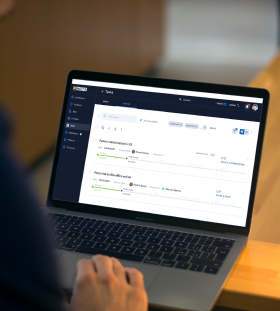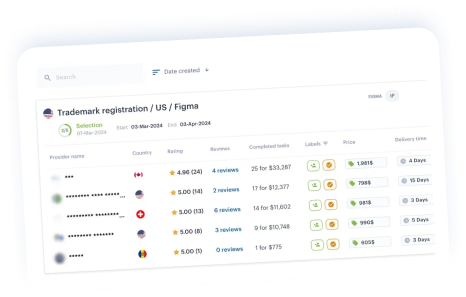Presentación de una solicitud internacional (PCT)
El proceso PCT agiliza las solicitudes de patentes a nivel mundial, pero no otorga una "patente internacional" ni exime de la necesidad de presentar solicitudes y pagar tasas en países específicos. Debe presentarse dentro de los 12 meses a partir de la fecha de prioridad.



El proceso PCT agiliza las solicitudes de patentes a nivel mundial, pero no otorga una "patente internacional" ni exime de la necesidad de presentar solicitudes y pagar tasas en países específicos. Debe presentarse dentro de los 12 meses a partir de la fecha de prioridad.







-
Un asistente de IP impulsado por IA que lo ayuda a crear una tarea detallada en cuestión de minutos.
-
Selección del agente de patentes local más adecuado en función de criterios específicos.
-
Preparar la solicitud en base a su presentación anterior, presentarla y gestionar las tasas gubernamentales.
-
Monitorización y reporte online en la plataforma durante todo el proceso.

-

Más de 800 despachos de abogados especializados en propiedad intelectual de más de 150 países, clasificaciones y reseñas
-

Un asistente de propiedad intelectual impulsado por IA que ayuda a crear tareas y encontrar abogados relevantes
-

Tarifas fijas, pagos online seguros y rápidos con resultados garantizados
-

Acceso 24/7 al proceso de registro y almacenamiento de datos en línea para todos sus casos
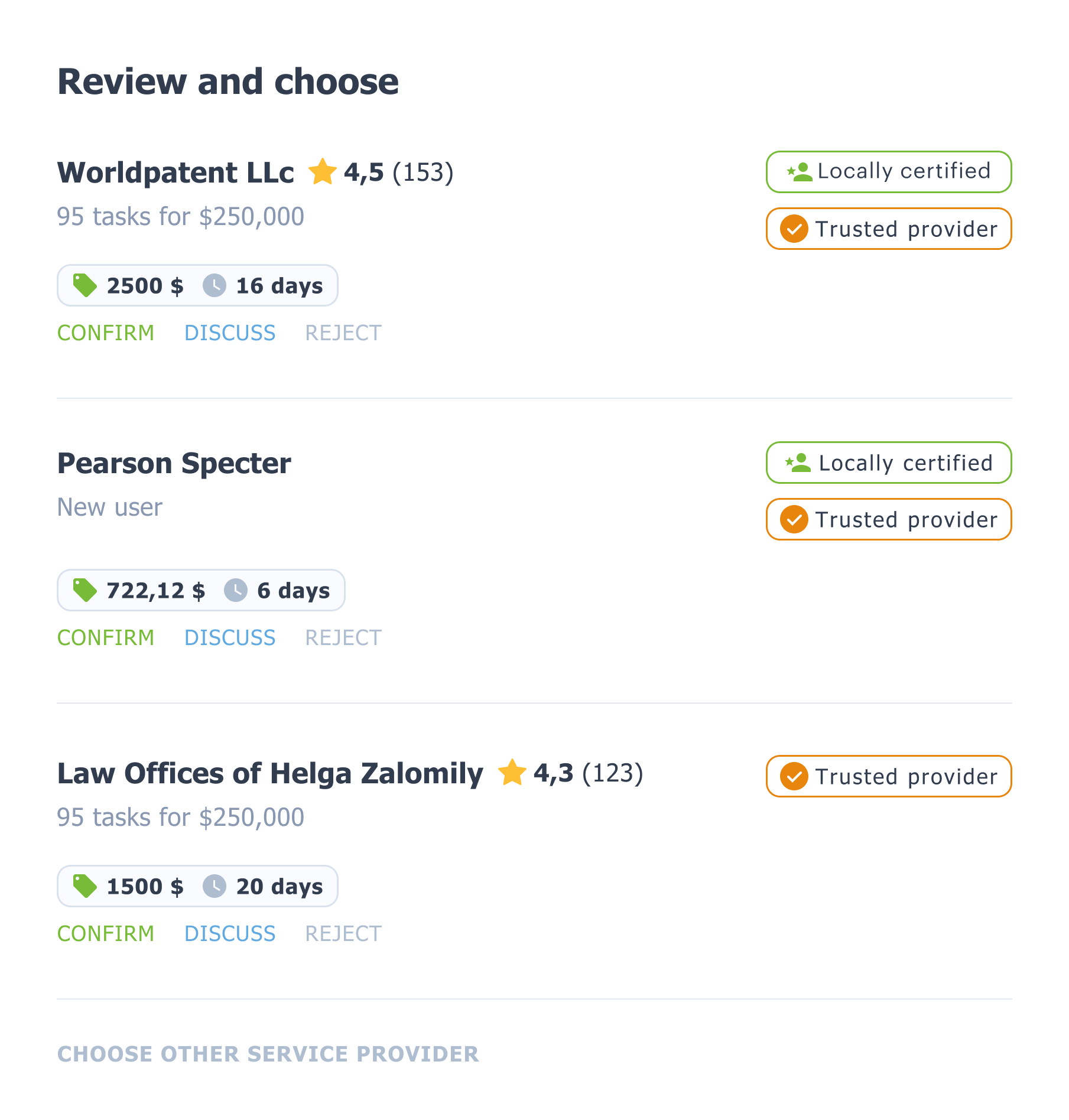


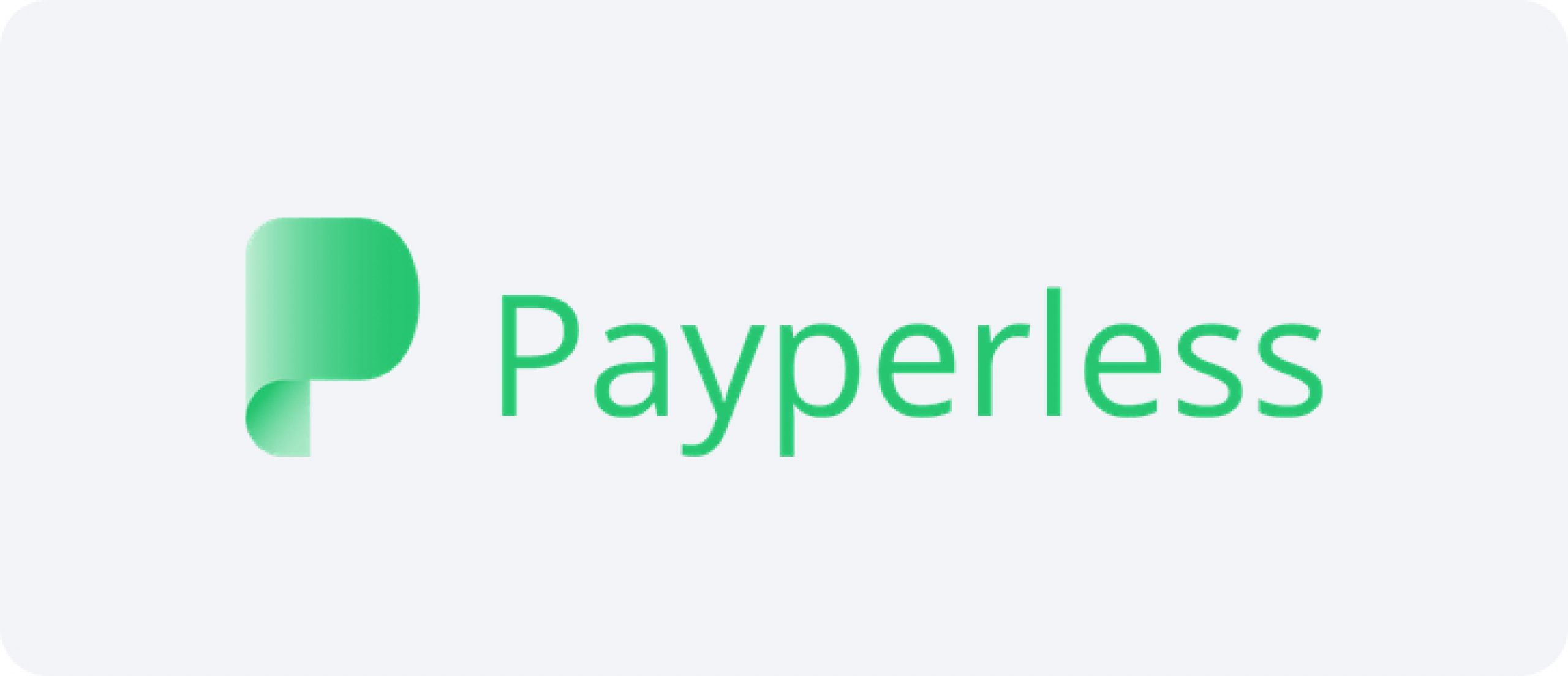



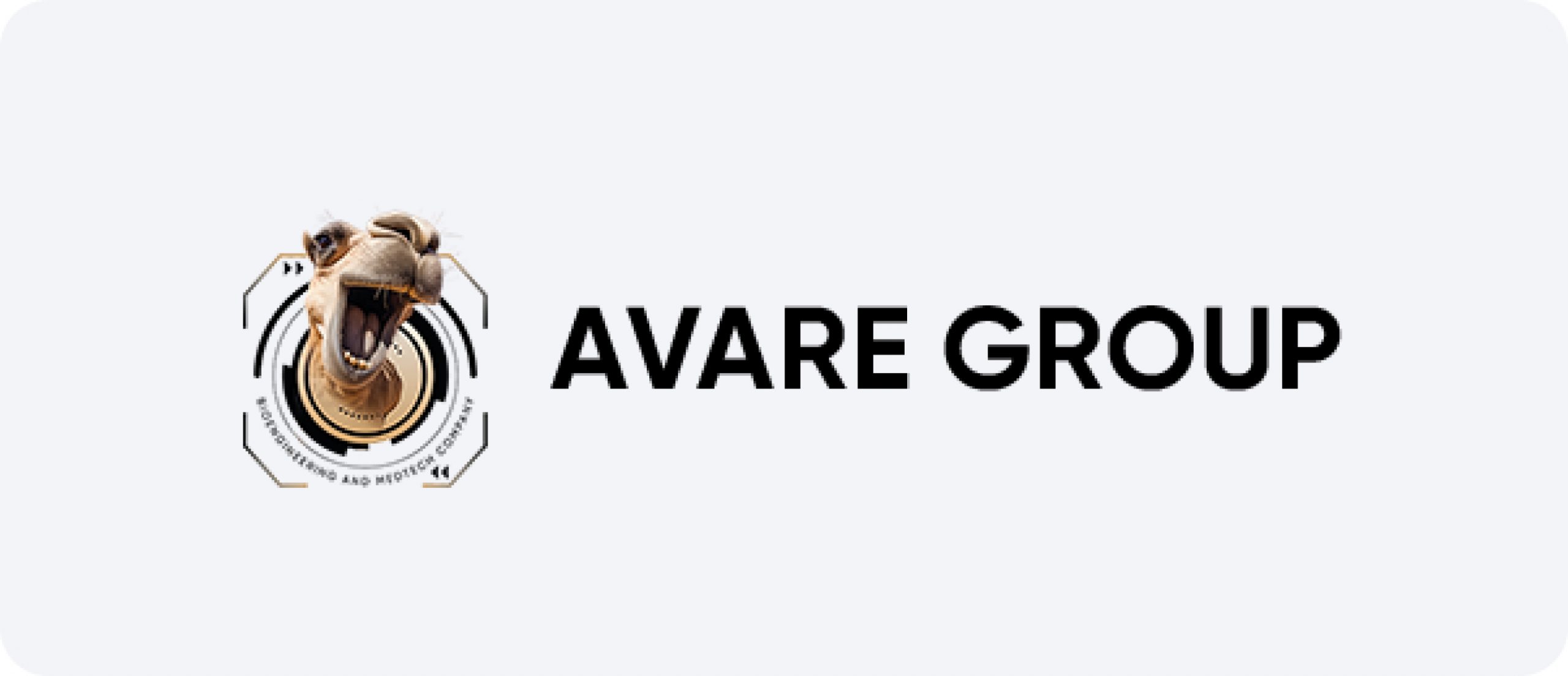
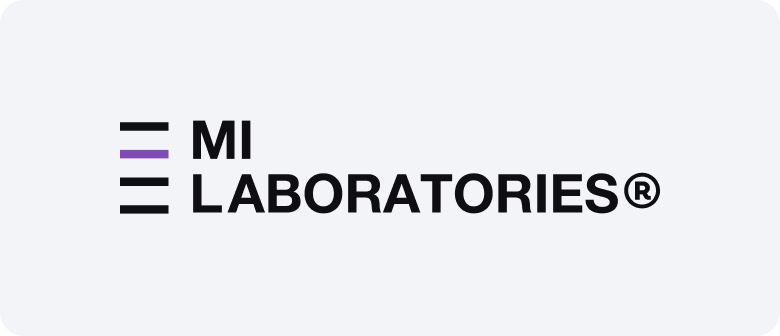
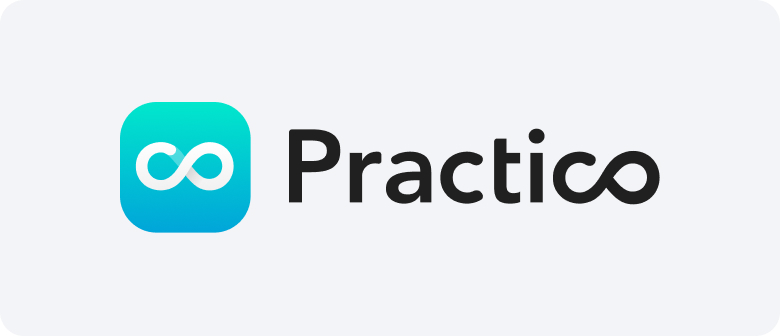
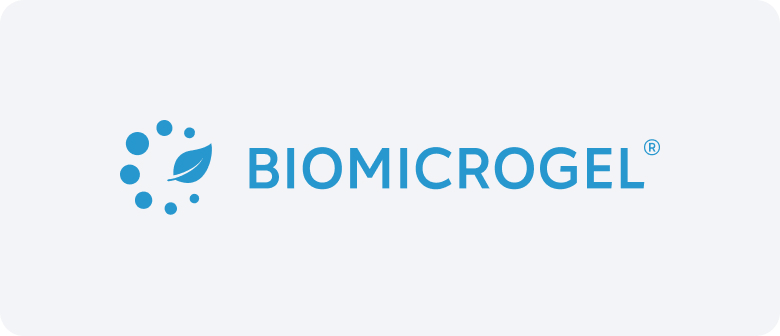
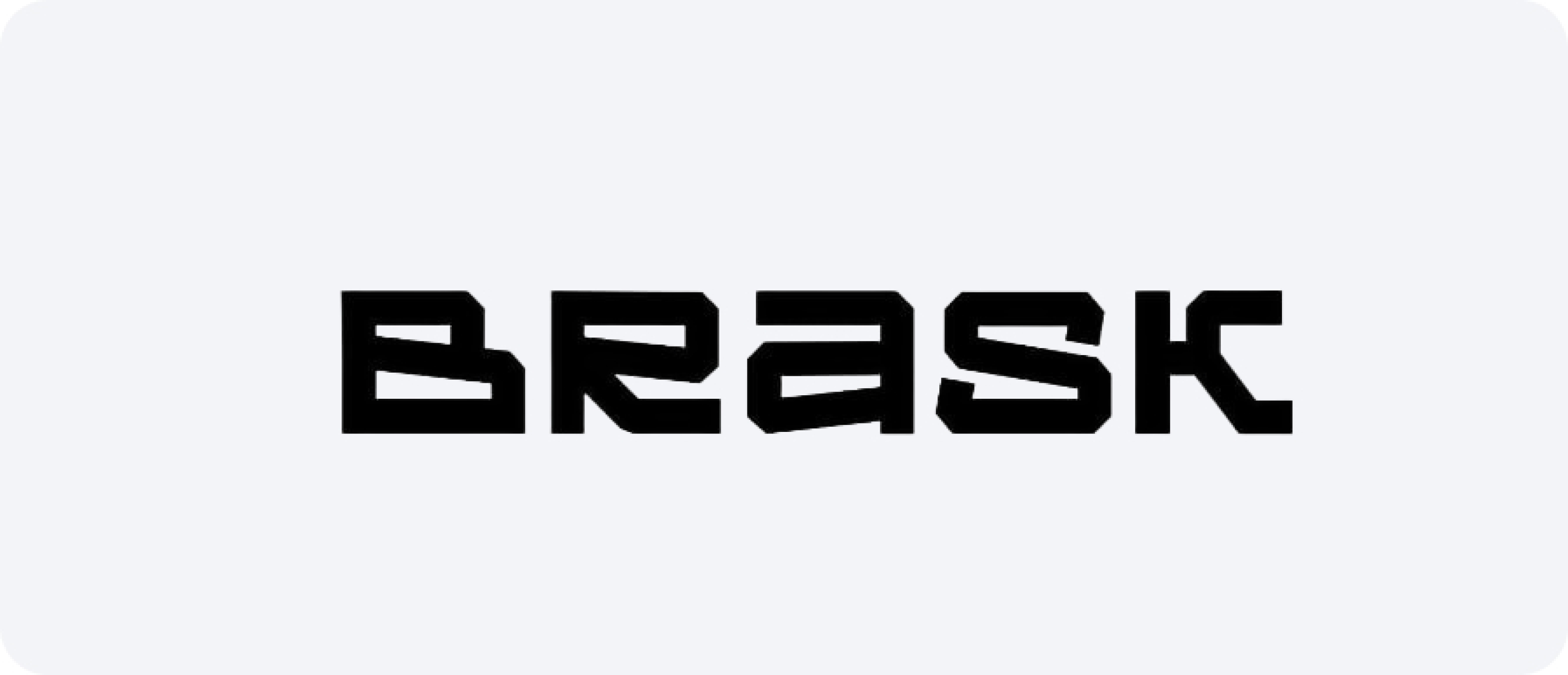
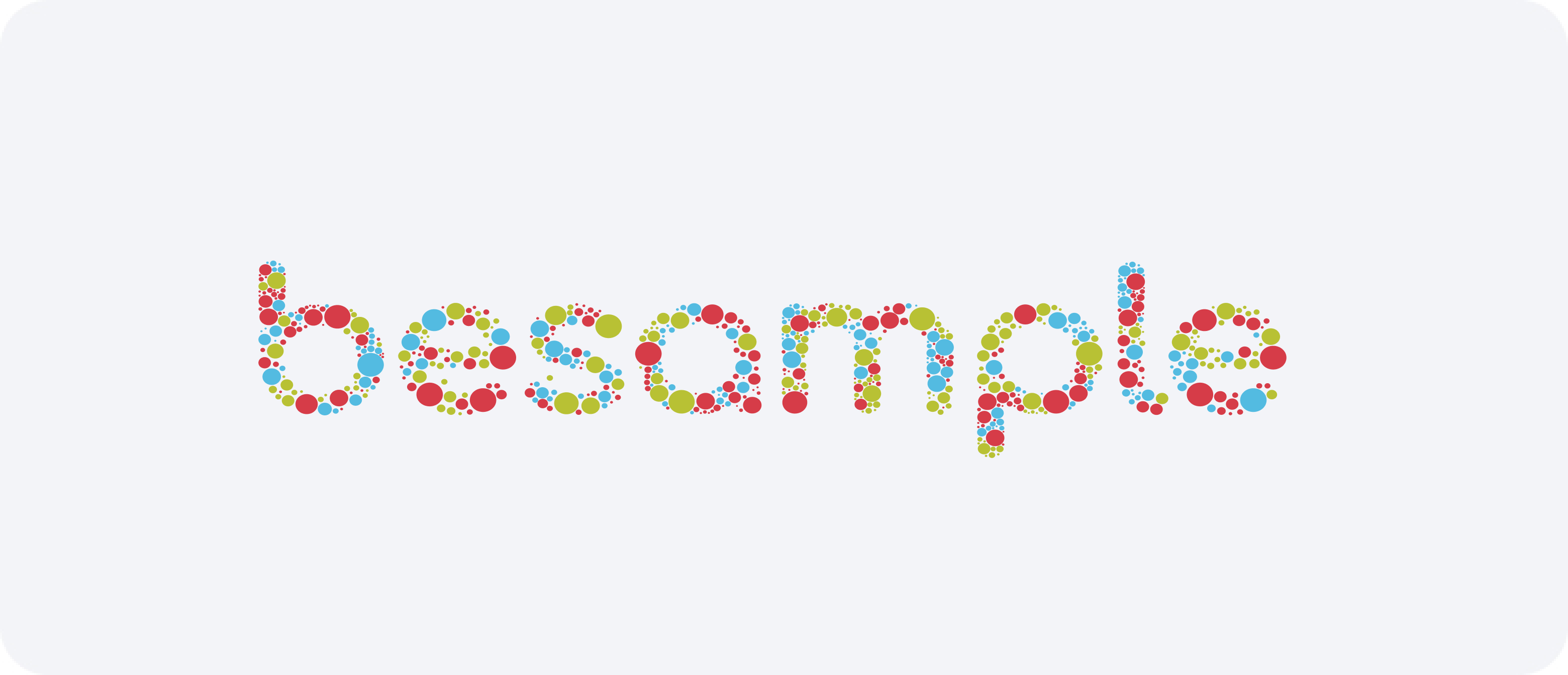
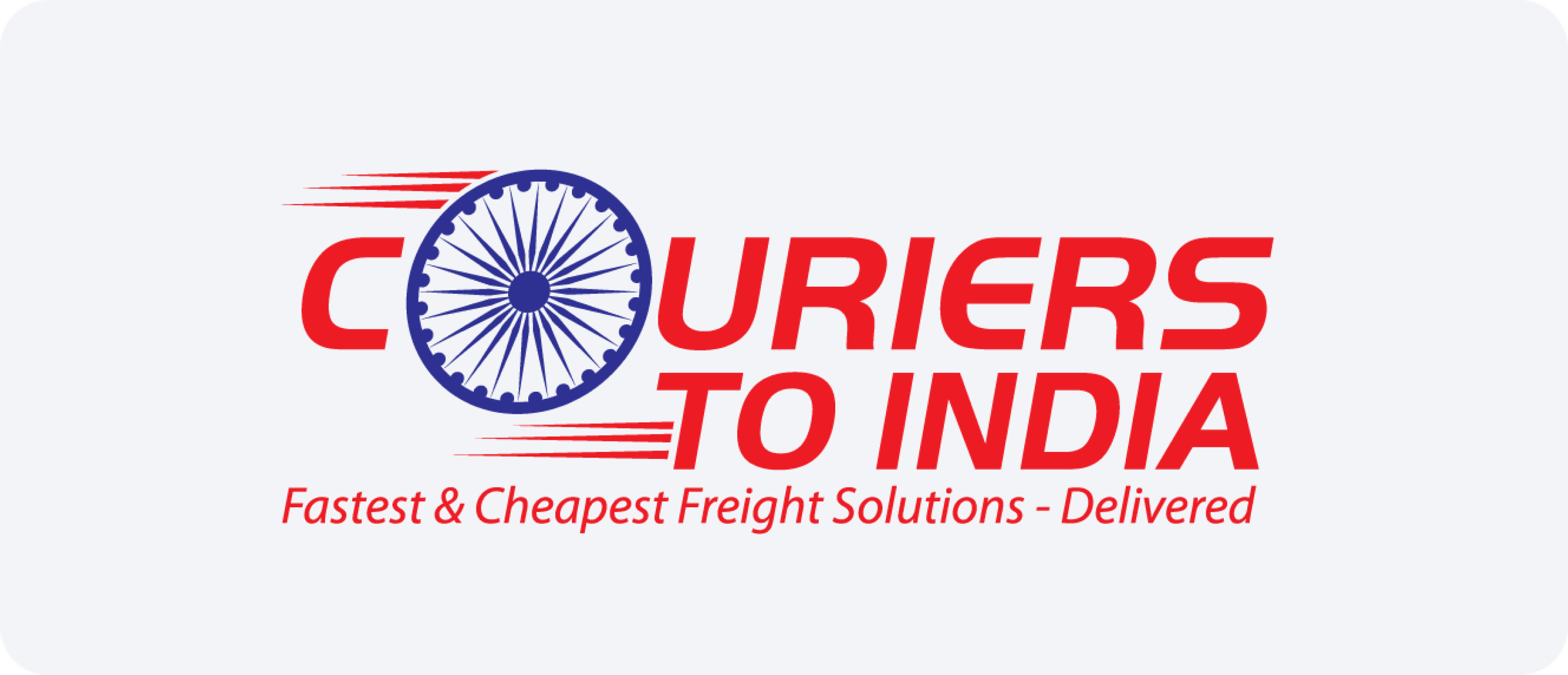

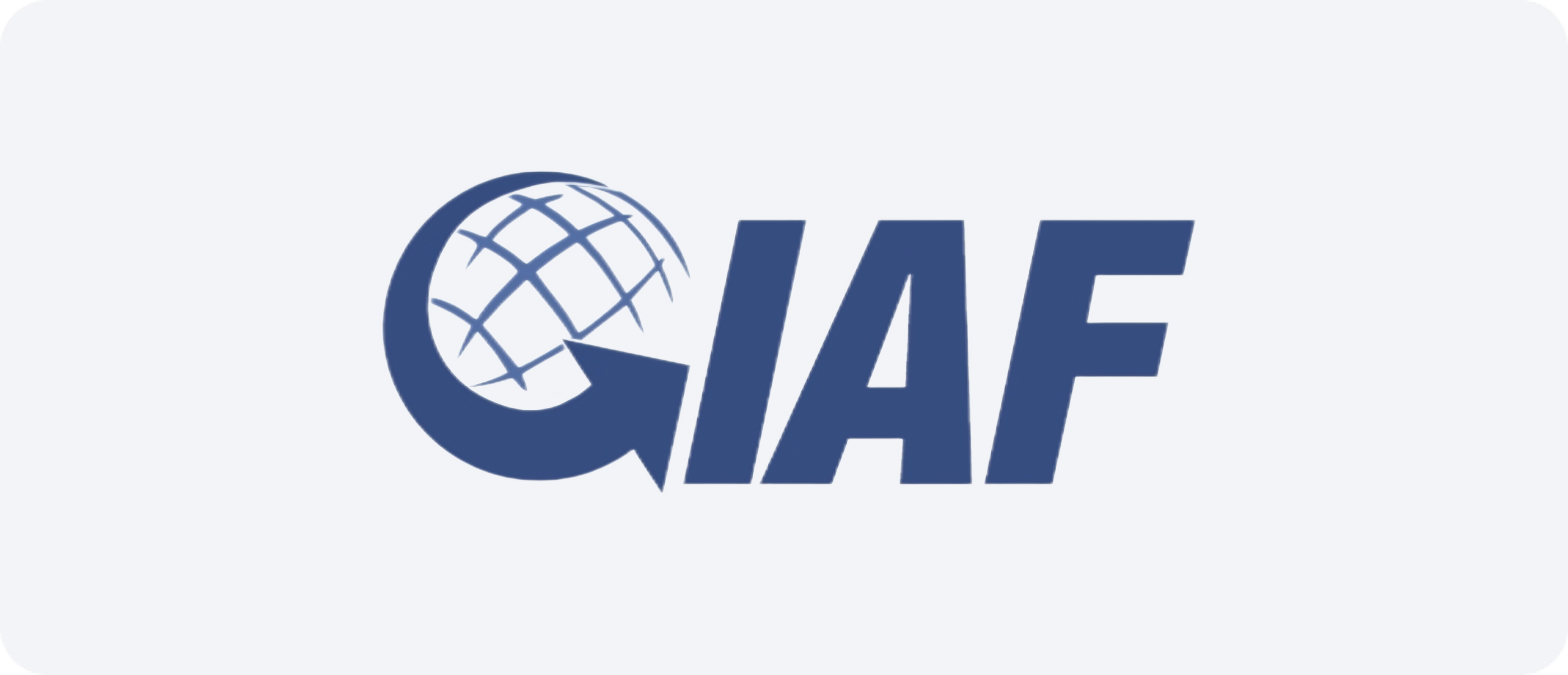
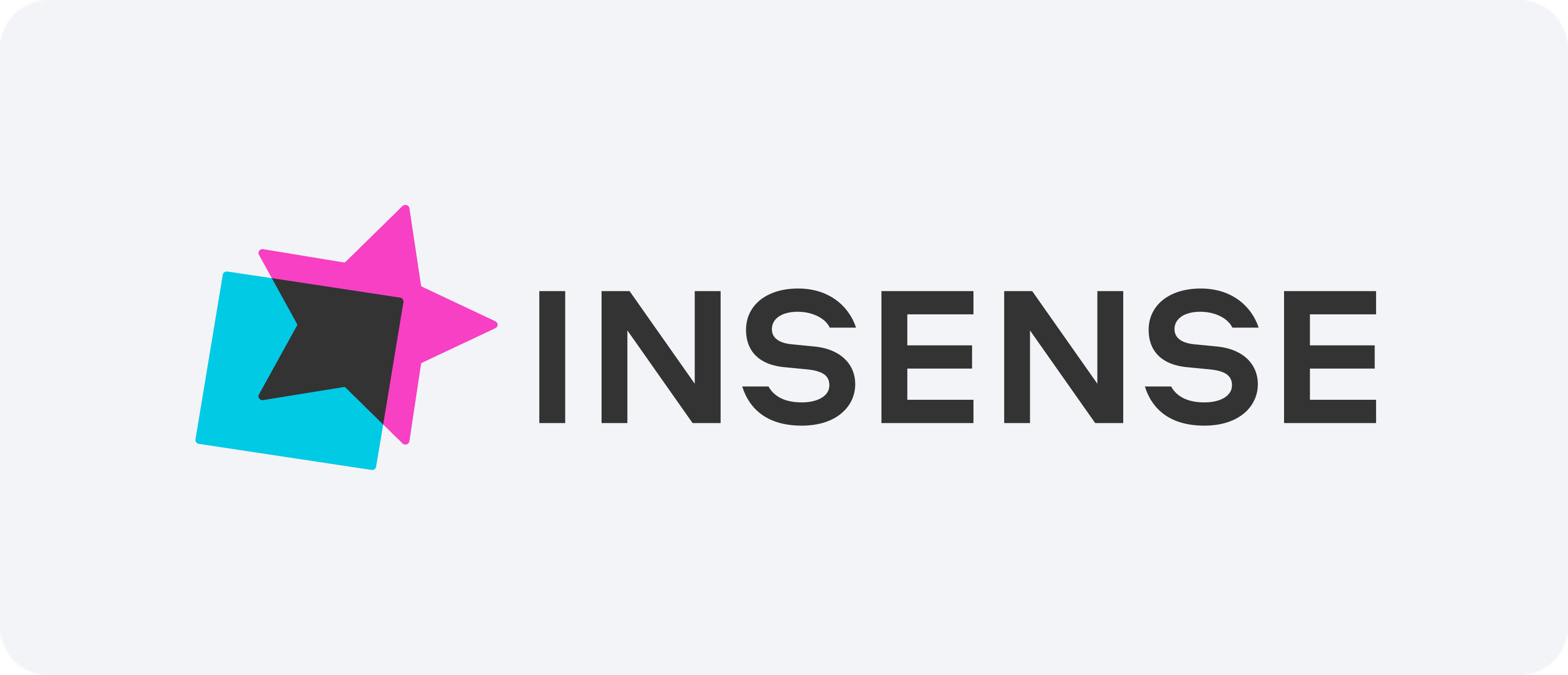

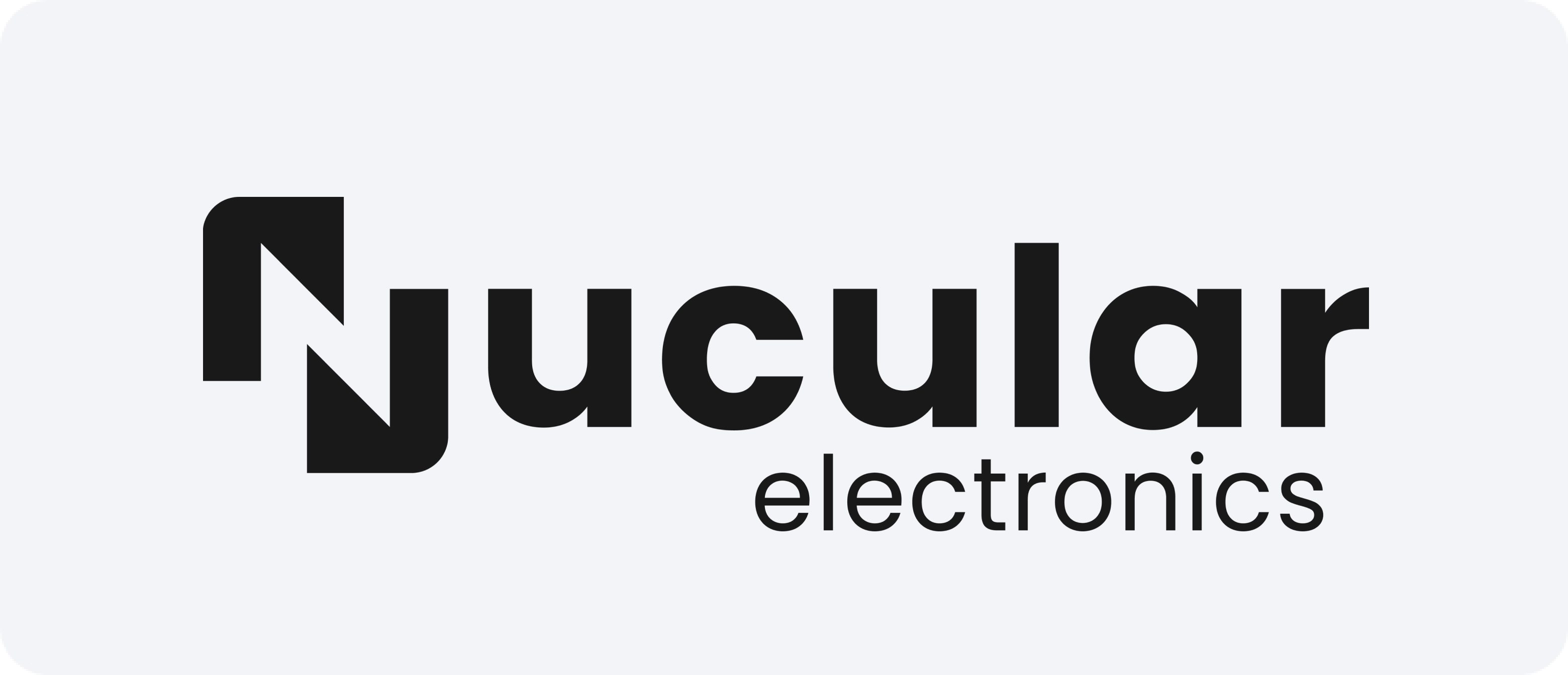


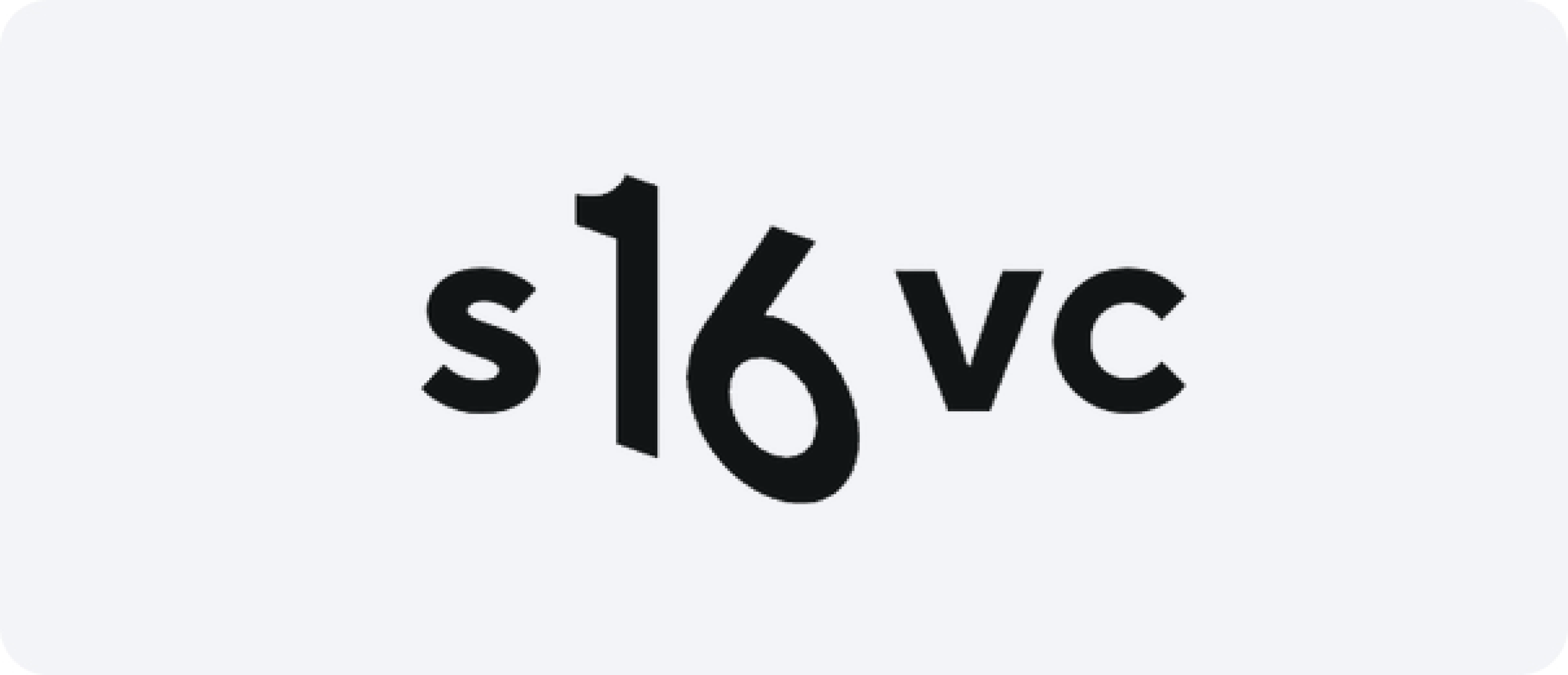




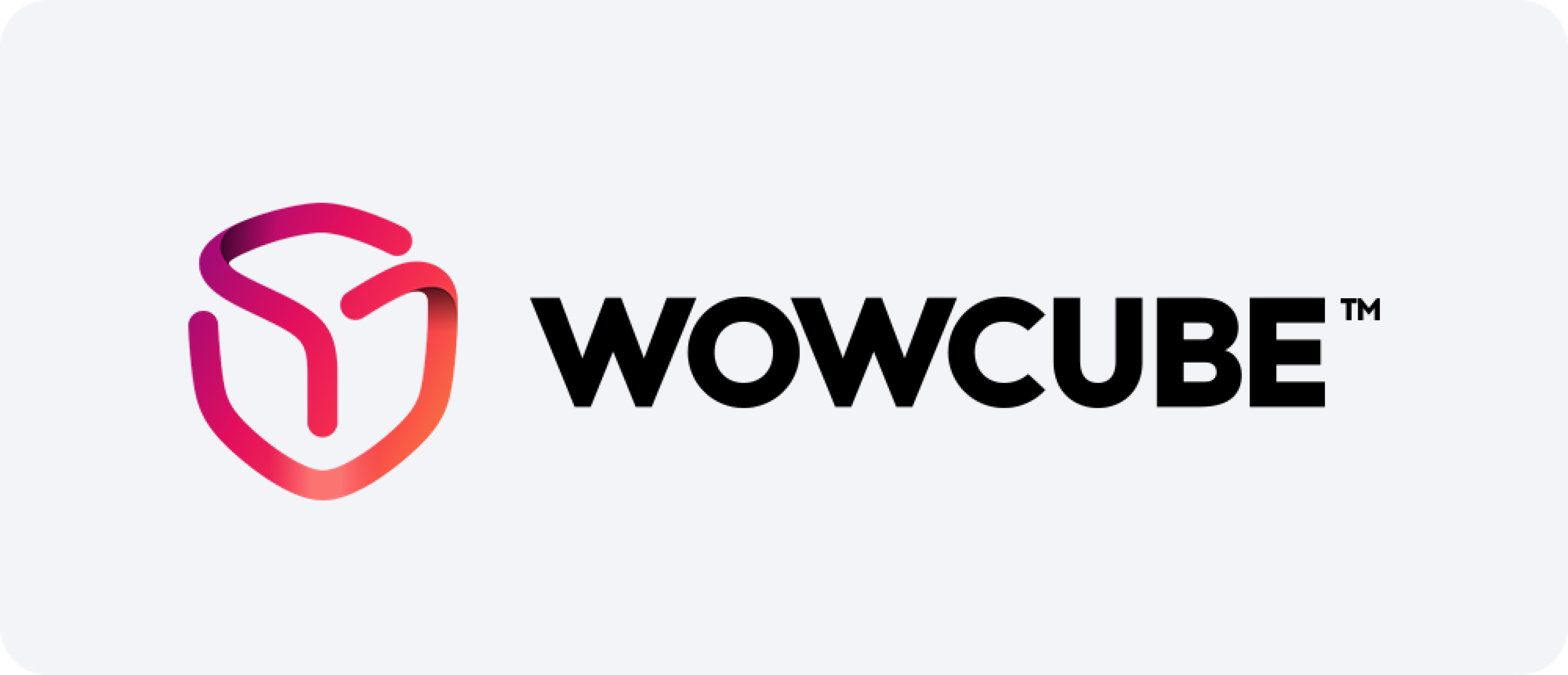







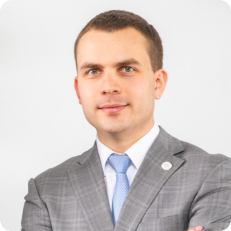




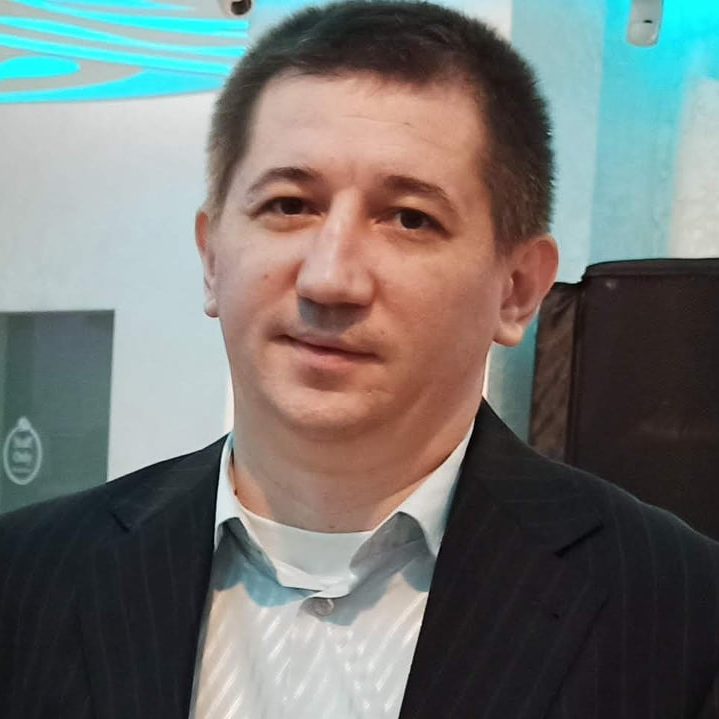
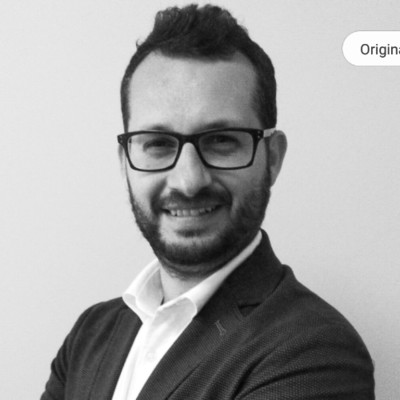
Presentación de una solicitud internacional de patente (PCT) en todo el mundo
Para proteger la propiedad intelectual a nivel mundial, presentar una solicitud del Tratado de Cooperación en materia de Patentes es una estrategia esencial para inventores y empresas que buscan proteger sus innovaciones en varios países. El sistema simplifica el proceso al permitir a los solicitantes registrar una única solicitud global, que puede utilizarse para obtener protección en hasta 153 Estados contratantes. Este enfoque unificado reduce significativamente la complejidad y los costos asociados al registro de patentes en cada país. En este artículo, exploramos cómo registrar una solicitud PCT, sus beneficios y qué esperar durante el proceso.
Las ventajas de presentar la declaración
Registrar una invención global a través del sistema ofrece numerosas ventajas que facilitan la protección de su propiedad intelectual en todo el mundo. Estas son algunas de las ventajas más significativas:
- Cobertura globalEl sistema permite a los solicitantes solicitar protección en más de 150 países mediante un proceso centralizado. Esto ahorra tiempo y recursos en comparación con el registro de solicitudes por separado en cada país.
- Plazo ampliado para la toma de decisionesOfrece un plazo más amplio para decidir si se tramitarán las invenciones en diferentes países. Tras el registro mundial, los solicitantes disponen de hasta 30 o 31 meses (según el país) para presentar solicitudes en fase nacional en jurisdicciones específicas.
- RentabilidadSi bien la tarifa de registro inicial para una solicitud PCT puede parecer más alta, la posibilidad de retrasar los costos significativos asociados con el registro de solicitudes nacionales individuales la hace más rentable a largo plazo. El registro global permite evaluar el potencial de éxito comercial antes de comprometerse con costosas presentaciones nacionales.
- Examen preliminarOfrece la opción de un examen preliminar, donde se realiza un informe de búsqueda para identificar el estado de la técnica que podría afectar la novedad de la invención. Esto puede brindarle información sobre la patentabilidad de su idea antes de asumir gastos adicionales.
El proceso: pasos clave
El proceso de registro implica varios pasos importantes, que detallaremos a continuación. Comprender estas etapas garantiza que los solicitantes estén preparados para lo que les espera.
1. Etapa de presentación
El primer paso del proceso es registrar la invención en una oficina nacional o regional. Esto puede hacerse electrónicamente o en papel, según la jurisdicción. La solicitud debe incluir una descripción de la invención, reivindicaciones que definan el alcance de la protección y cualquier dibujo pertinente. En esta etapa, también deberá abonar los gastos generales.
2. Informe de búsqueda internacional (ISR)
Una vez presentada la invención, la Autoridad de Búsqueda Internacional (ISA) realiza una búsqueda para identificar el estado de la técnica relevante que pueda afectar a su patentabilidad. El ISR ofrece una visión general de las invenciones y publicaciones previas que podrían influir en la probabilidad de obtener una invención en diversos países. Este informe será crucial para ayudarle a evaluar la patentabilidad de su invención.
3. Etapa de publicación
Transcurridos 18 meses desde la fecha de prioridad, se publica la solicitud. Esta publicación se pone a disposición del público, lo que significa que otros pueden conocer su invención. Sin embargo, la publicación no afecta sus derechos de propiedad intelectual; simplemente informa al público global sobre su invención pendiente.
4. Examen preliminar opcional
Tras recibir el ISR, los solicitantes pueden solicitar un examen preliminar. Este examen emite una opinión sobre la posible patentabilidad de la invención con base en el estado de la técnica disponible. Si bien no es obligatorio, este paso puede ser útil para evaluar la viabilidad de obtener protección de la invención antes de incurrir en los costos asociados con la entrada en la fase nacional.
5. Entrada a la Fase Nacional
Tras la fase global, el solicitante puede acceder a la fase nacional mediante el registro en las oficinas nacionales correspondientes. En esta etapa, los solicitantes deben abonar las tasas nacionales correspondientes y seguir las normas y procedimientos de cada país donde se solicita la protección. La fase nacional debe comenzar en un plazo de 30 o 31 meses a partir de la fecha de prioridad, según la jurisdicción.
6. Concesión de invención
Finalmente, tras pasar por la fase nacional, cada oficina examinará la solicitud y podrá conceder la invención. Este proceso implica evaluar la conformidad de la invención con las leyes y requisitos nacionales, y el solicitante deberá abordar cualquier objeción planteada durante el examen.
Costos y honorarios
Una de las preocupaciones de los solicitantes es el costo del registro. Si bien la tarifa inicial puede parecer elevada en comparación con las solicitudes nacionales, es importante considerar el ahorro a largo plazo. Al consolidar sus solicitudes en un único registro global, reduce la carga administrativa y los gastos iniciales del registro en varios países.
Los principales costos incluyen:
- Cargo por presentaciónEl cargo global varía según la oficina receptora. Pueden aplicarse cargos adicionales por páginas o idiomas adicionales.
- Cargo por búsqueda global:El cargo por realizar una búsqueda global depende de la ISA seleccionada.
- Cargo por examen preliminar:Si se solicita un examen preliminar, se aplicará un cargo adicionalcargar.
- Tarifas de la Fase Nacional:Después de la fase global, entrar en la fase nacional implica pagar tasas nacionales en cada jurisdicción.
Los costos son generalmente más asequibles que registrar múltiples solicitudes individuales en varios países, especialmente cuando se tienen en cuenta los beneficios de un mayor tiempo de toma de decisiones y la capacidad de evaluar el potencial de mercado de la invención.
Conclusión
Registrar una solicitud PCT es una forma estratégica de proteger su invención globalmente, a la vez que gestiona los costos y la gestión administrativa. El proceso simplifica las solicitudes globales al permitirle presentar una sola solicitud para hasta 153 países. Tanto si es un inventor como una empresa que busca protección global, el sistema le ofrece una herramienta eficaz para expandir su presencia internacional en materia de propiedad intelectual. Al comprender los pasos necesarios, los beneficios y los costos, podrá tomar decisiones informadas que protegerán su innovación durante años.
